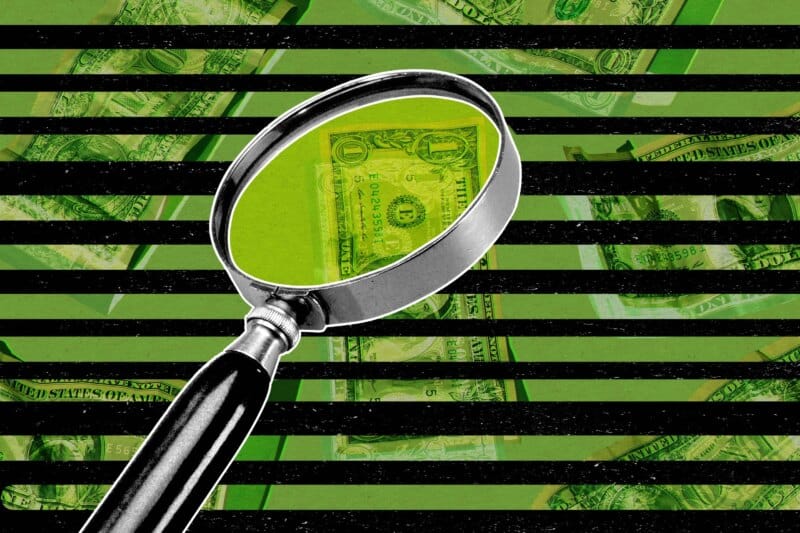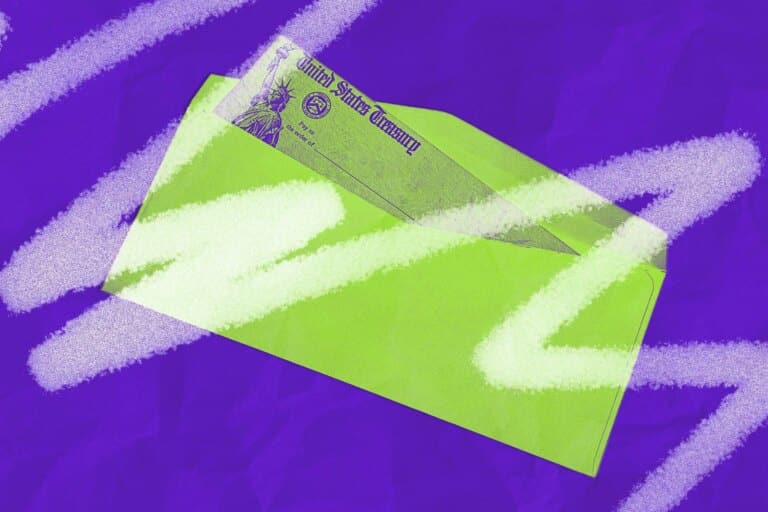[adrotate group="2"]
In the closing days of the Biden administration, the U.S. Department of Labor introduced an online resource designed to assist Americans in locating lost or unclaimed retirement accounts from private-sector employers.
This initiative has been years in the making, originating from a mandate in the 2022 SECURE 2.0 Act, which required the Labor Department to establish a search tool for abandoned retirement accounts by December 29, 2024.
The department successfully launched the Retirement Savings Lost and Found Database just ahead of the year’s end.
Here are the essential details you should know.
Locating Lost Retirement Accounts
In November, the Labor Department reached out to retirement plan administrators, urging them to submit records of account holders to populate the new database. The department is also utilizing data from the U.S. Department of the Treasury and the Social Security Administration to assist individuals in tracking lost retirement benefits.
This is a significant undertaking. As reported by the financial technology firm Capitalize, approximately 30 million 401(k) plans have been left behind by American workers as of 2023, amounting to around $1.7 trillion in unclaimed assets. This indicates that over 25% of all funds in 401(k)s are currently in inactive retirement accounts.
Frequent job changes contribute to this issue. The Labor Department highlights that workers may overlook these accounts when they fail to roll over their funds. “Workers may lose track of their retirement plans after changing jobs or when a previous employer merges with another company or ceases operations,” the notice stated.
The response to this challenge is the newly launched lost-and-found tool.
How to Search for Lost Retirement Savings
The retirement savings tool can be accessed at Lostandfound.dol.gov.
Before beginning your search for old retirement accounts, you must enroll in an identity verification service through Login.gov.
The following items are necessary for identity verification:
- Social Security number
- Date of birth
- Legal name
- Valid email address
- Driver’s license or state-issued ID card
- A mobile phone with internet access
The verification process through Login.gov may take several minutes. You’ll be required to provide clear photographs of both the front and back of your ID, along with a well-lit selfie that doesn’t include any obstructing items like hats or glasses.
If digital verification is unsuccessful, you can complete the enrollment in person at a nearby post office. Bring the necessary documents and a printed barcode generated when you schedule your in-person appointment online.
Once you have verified your identity, revisit Lostandfound.dol.gov and click the “sign in with Login.gov” button to start your search. Matched retirement accounts will appear on the results page, and you’ll find the contact details for the plan administrator to claim any benefits due to you.
Limitations of the Database
Currently, the main limitation is that retirement plan administrators are not mandated to provide this information. The Labor Department encourages administrators to submit and update records annually, but participation is voluntary.
The database exclusively includes retirement accounts linked to private-sector employers or unions, such as pension plans and 401(k)s (or 403(b)s in nonprofit organizations). Additionally, the accounts must be associated with your Social Security number.
Retirement plans like individual retirement accounts (IRAs) are excluded from the database, as they are not employer-sponsored.
It’s important to note that if an account appears in the database, it does not necessarily mean you are owed money. The database lists all retirement plans tied to your Social Security number, requiring you to contact the account administrator for confirmation of any unclaimed benefits.
There is also a possibility that your search may yield no results. This was the case in my examination, despite having several accounts with past employers.
If the search returns no matches, an error message will prompt you to check back later, as the database is “constantly being updated.”
The department did not provide a comment regarding the current number of accounts in the database or the timeline for future additions when contacted.
A spokesperson for the department, shortly after the database’s launch, urged retirement plan administrators to submit their records to enhance the tool’s effectiveness. They expressed hopes for future improvements to enhance data quality.
photo credit: money.com
[adrotate group="2"]





